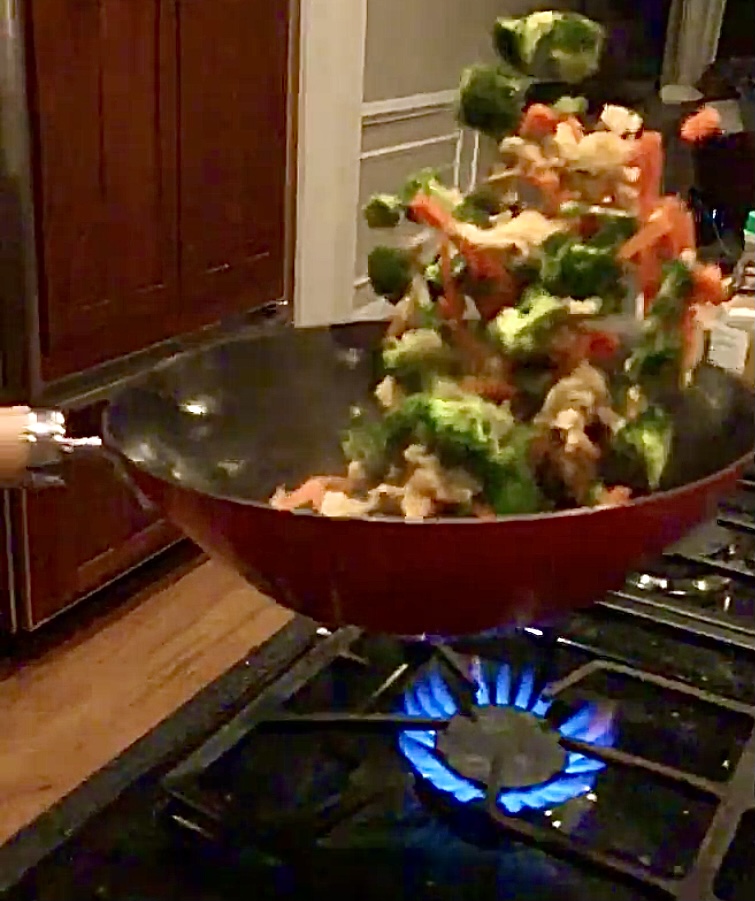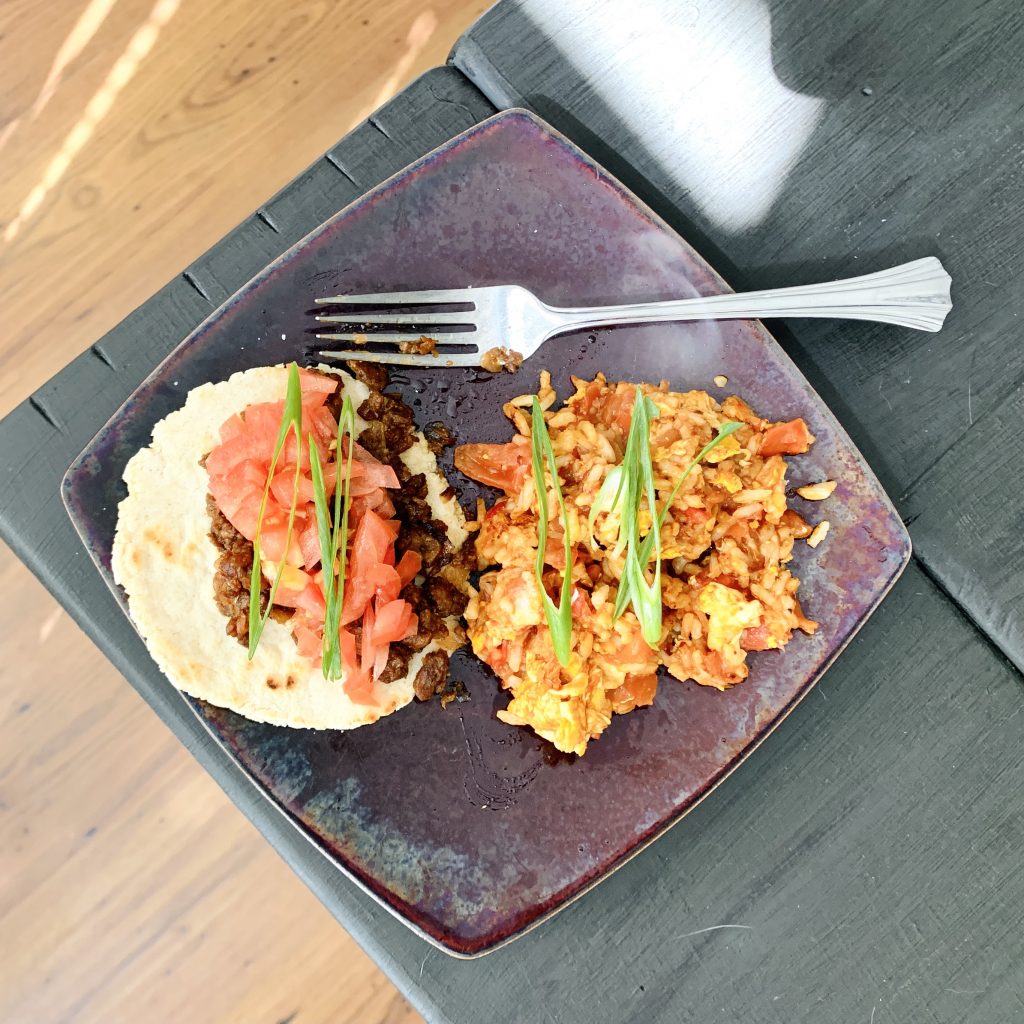By Elliot Kantor
Sautéing, stir frying, or any type of quick cooking in a pan are necessary skills for home cooks. You can make anything from sides to entire meals with a hot pan and a bit of oil. If you’re concerned about burning something on the stove, I can assure you that if you keep the ingredients moving in the pan by stirring or flipping, there is virtually no way to burn the food, especially if it has a lot of water in it, like onions or mushrooms.

The ideal pan for sautéing is, well, a sauté pan, or anything with relatively low sides. Cast iron is good, although it’s not easy to flip food in. Stainless steel has great, even heat, and as long as enough fat and heat is used, the food will not stick. In fact, the stuck-on “fond” can be the base for some amazing pan sauces, as long as it does not burn. Most people own a nonstick pan, however, which is a good place to start. However, in light of concerns over nonstick pan safety at high heats, it’s always a best practice to put oil into the pan whenever it’s on the heat so it smokes before the pan gets hot enough to release dangerous chemicals.

Fried rice is a hearty, easy, and adaptable sautéed dish to learn. It can (and should) be made with leftover vegetables in the fridge, so the possibilities for customization are endless. However, I prefer to follow some guidelines no matter what ingredients I use. Begin by adding oil to pan. Medium-high heat is a good starting point, but you can tell by smell and sound if the heat should be adjusted. Aromatics, like green onions and garlic, are first. Onions can take a lot of heat, but garlic should go in later to avoid burning. Then I add firm vegetables like carrots to get a head start on cooking. After a little while, you can add the other ingredients like cabbage or broccoli. If you’re adding an egg, I like to shift the other ingredients to one side of the pan and crack the egg directly in. Once the egg is partially cooked the rice goes on top and everything is mixed together. The rice can be omitted, of course, and I’ll cover how to cook rice in next week’s column. Then I add soy sauce, but you can add whatever sauce you want, or mix up the flavorings. Once the soy sauce has fried off a little, turn off the heat, add a bit of sesame oil, and taste for seasoning. This step is crucial since it teaches you how much salt you like, and you can add other seasonings at this stage. Serve and enjoy!
Sautéing or stir frying is one of the most crucial skills in the kitchen. You don’t have to know how to flip food in a pan to make an easy meal (although there are great tutorials on YouTube for this). Fried mushrooms and onion are a great topping for a burger. Seared broccoli and garlic can be a deliciously simple side dish. I encourage you to get in the kitchen and try this out!





